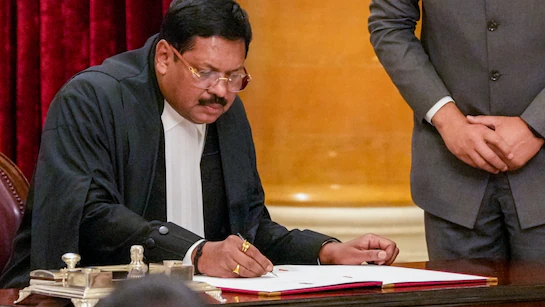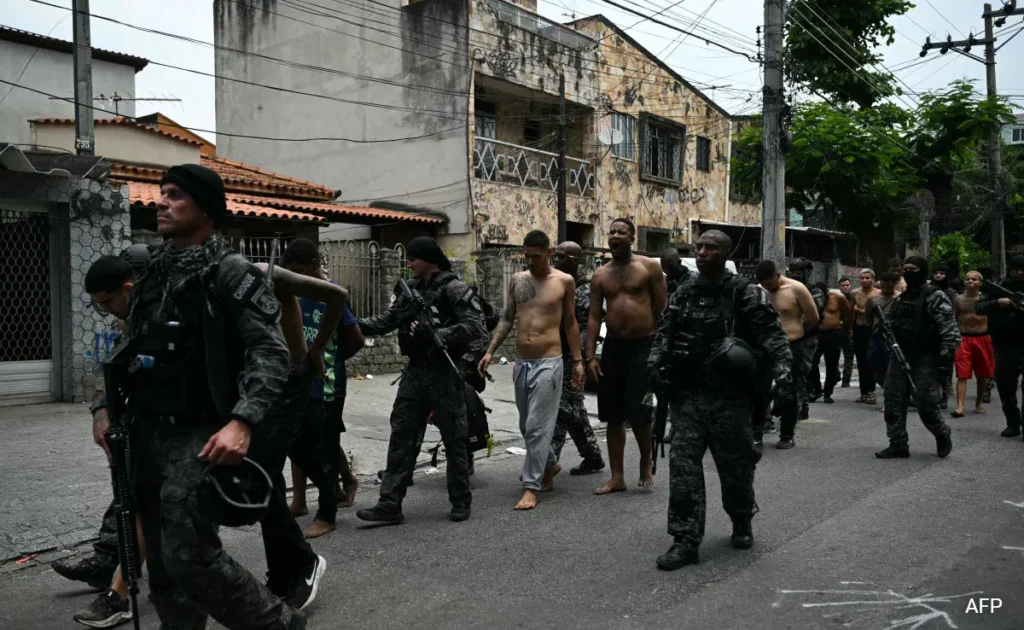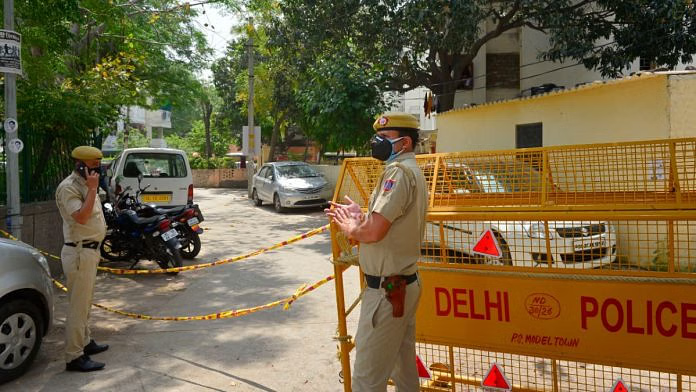Now Reading: Lawyer’s Shoe-Throw at CJI Gavai Sparks Shock: “No Regrets” Statement Raises Questions on Courtroom Security
-
01
Lawyer’s Shoe-Throw at CJI Gavai Sparks Shock: “No Regrets” Statement Raises Questions on Courtroom Security
Lawyer’s Shoe-Throw at CJI Gavai Sparks Shock: “No Regrets” Statement Raises Questions on Courtroom Security

A dramatic incident unfolded in the Supreme Court recently when a lawyer attempted to hurl his shoe at Chief Justice B.R. Gavai during court proceedings. The lawyer, now suspended by the Bar Council, insists he doesn’t regret the act and says it was a reaction to remarks made in court. The event has raised serious questions about courtroom decorum, security protocols, and the limit of protest in judicial spaces.
What exactly happened
During a hearing on a plea tied to the reconstruction of a temple idol, the lawyer stood up, removed his shoe, and aimed it at CJI Gavai. Security personnel quickly intervened and restrained him before he could carry out the act. The court session continued, with Gavai urging lawyers not to get distracted.
The lawyer’s explanation
In his first public reaction, the lawyer said he felt hurt by remarks attributed to the Chief Justice—a comment that, he claims, mocked the petition before the court. He said he was not under the influence of anything and that his action was driven by emotion connected to his faith. He also asserted he had no regrets.
Responses from legal circles and institutions
The Bar Council responded swiftly, suspending the lawyer’s license for what it termed a breach of professional conduct. Many in the legal community expressed alarm: attacking a judge in court crosses the boundary of dissent. Some warned that normalizing such acts could undermine the sanctity of courts. Others argued that judicial spaces must remain safe, but also accessible to voices of dissent—with decorum.
Courtroom decorum versus protest rights
On one hand, courts are not arenas for protest stunts. The decorum, respect, and order of proceedings matter. On the other, dissent and criticism—even of judges—are fundamental to democracy. The line between passion and disruption is thin, especially when matters of religion or belief are involved. Courts must find ways to accommodate protest without allowing chaos.
Security gaps and institutional lessons
This incident exposed vulnerabilities in courtroom security. How was a shoe brought within reach of the bench? If a simple item can threaten judicial authority, more precautions may be needed—bag checks, viewer screening, or stricter courtroom protocols. But excessive security cannot suffocate access or intimidate visitors.
What this means for public trust
Actions like these risk diluting public confidence in the judiciary. If courts become stages for emotional vendettas, they lose gravitas. At the same time, if voices feel unheard, they may resort to spectacle. The balance between authority and openness is delicate.
Looking ahead
Judiciary and legislative bodies may now revisit courtroom safety standards, disciplinary procedures, and communication norms. There may also be debates around allowing petitioners more direct voice without resorting to extreme acts. Training for judges and staff in responding under pressure could become more prominent.
The episode is unsettling, but it also forces a rare moment of reflection. The dignity of the courts must be preserved, yes—but not at the cost of suppressing legitimate expression. How India responds will say much about the strength of its institutions and the space for protest in its most hallowed halls.

























